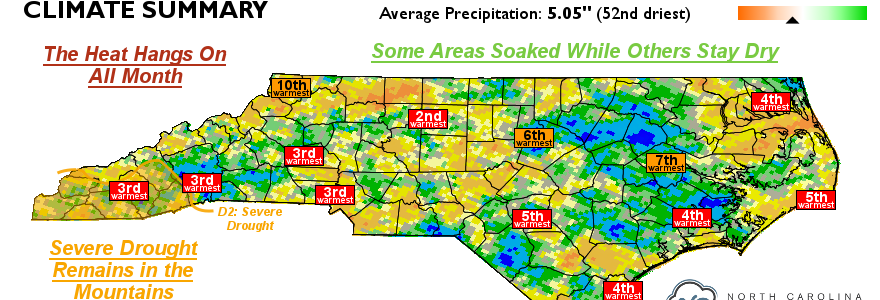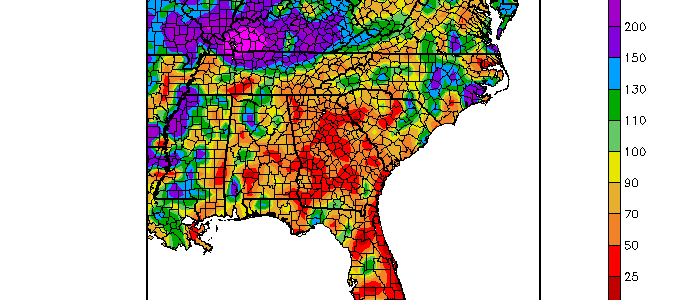-

I am happy to announce the birth of a new website for the University of Georgia automated weather station network. You can still find the main portal at https://www.georgiaweather.net/, although that may change in the future. The website has a fresh new look and more readily available information. I encourage you to visit them and see…
-

NOAA released their annual “State of the Climate” report today for 2015, and it confirms that 2015 was the warmest year ever recorded on Earth. This year’s warmth was helped by the strong El Niño which also warmed the Pacific Ocean. You can read about it in NOAA’s Climate.gov newsletter here. You can see a…
-

The National Hurricane Center has just announced that they will begin issuing advisories on Tropical Storm Earl, currently located in the western Caribbean Sea and moving west towards Mexico. It is not expected to affect the Southeast or the rest of the US. You can get more information at https://www.nhc.noaa.gov or at https://www.spaghettimodels.com.
-

To understand how common crops respond to changes in climate, some researchers at the University of Minnesota have built a sophisticated climate-controlled laboratory for studying how crops like corn respond to changes in temperature, carbon dioxide concentration, and rainfall. I was amazed at how carefully they had to put together the lab, for example in…
-

You can read the climate summary for July from the Florida State Climatologist at https://climatecenter.fsu.edu/products-services/summaries/climate-summary-for-florida-july-2016.
Posted in: Climate summaries -

You can read the latest summary from the Office of the State Climatologist in North Carolina at https://climate.ncsu.edu/climateblog?id=201&h=5666e5c1.
Posted in: Climate summaries -

Virtually all of the Southeast was warmer and drier than normal in July 2016, according to maps from the High Plains Regional Climate Center. The precipitation deficit is even more striking when you look at the percentage of normal and see that large chunks of the region got less than 50% of their normal rainfall.…
Posted in: Climate summaries